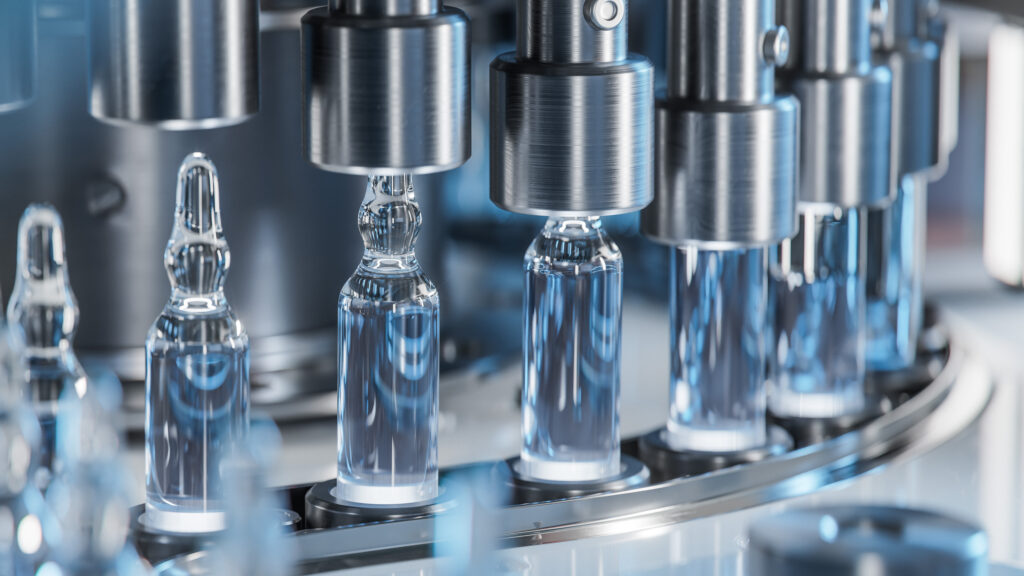Particle Counting for Pharma
Moving forward, I will explore sampling locations and techniques, underscoring the importance of understanding process flow, pinpointing critical control points, and strategically choosing probe locations for accurate and representative particle monitoring.
Then, I will examine how environmental conditions like temperature, humidity, and airflow patterns significantly influence particle counting accuracy.
Special attention will be paid to aseptic filling and isolator environments, where I will highlight the unique challenges of maintaining ultra-clean conditions and the need for specialized particle counting methods.
Finally, I will delve into the role of HEPA filters in upholding cleanroom integrity, covering aspects from initial filter integrity testing to ongoing assessments and the importance of meticulous documentation for regulatory compliance.
Are you aiming to maintain the highest standards of cleanliness and contamination control in your processes? Well, this is for you!
A. Cleanroom Classifications and Particle Size Distribution
A cleanroom in pharmaceutical manufacturing is a controlled environment with regulated air quality and a minimal level of pollutants such as dust, airborne microbes, and aerosol particles, essential for maintaining product sterility and preventing contamination.
So, if there’s a need for a minimal level of particles, there’s a need for particle counting, and therefore for particle counters, right?
Cleanrooms are classified based on the maximum allowable particle count per cubic meter. Cleanroom classifications directly influence the choice of particle counter, with higher classifications requiring more sensitive instruments. Additionally, considering the particle size distribution within the cleanroom environment is crucial for selecting counters that effectively monitor the specific range of particles relevant to the processes conducted in that cleanroom. This strategic selection ensures compliance with regulatory standards and helps maintain the desired level of cleanliness.
Impact of Cleanroom Classifications
Definition of Cleanroom Classifications
Cleanrooms are categorized based on the maximum allowable particle count per cubic meter within a specified size range. The ISO 14644-1 standard defines these classifications.
Stringency of Standards
Higher cleanroom classifications (e.g., ISO Class 5) have more stringent particle count limits compared to lower classifications (e.g., ISO Class 7). This means that the air in these cleanrooms must have a lower particle concentration to meet regulatory requirements.
Calibration and Validation Requirements
Particle counters used in cleanrooms must be calibrated and validated regularly to ensure their accuracy. The frequency and standards for calibration will be influenced by the cleanroom classification.
Integration with Environmental Monitoring Systems
article counters used in higher cleanroom classifications are often integrated into larger environmental monitoring systems that provide real-time data and alarms for immediate response to any deviations from the defined cleanliness standards.
B. Sampling Locations and Techniques
Selecting appropriate sampling locations and techniques is essential for accurate particle counting.
1. Understand the Process Flow
Familiarize yourself with the flow of materials and personnel within the manufacturing environment. Identify key points where particle monitoring is most critical.
2. Consider Critical Control Points
Identify critical areas in the process where particle contamination can have the most significant impact on product quality. These may include filling lines, compounding areas, and sterile processing zones.
3. Placement for Representative Sampling
Ensure that particle counters are strategically placed to provide representative samples of the air in the environment. Consider factors such as airflow patterns, equipment layout, and potential particle sources.
4. Avoid Direct Airflow Disturbances
Position particle counters away from direct airflow disturbances, such as near ventilation ducts or fans, to prevent artificially high particle counts.
5. Utilize Isokinetic Sampling
Isokinetic sampling involves drawing air into the particle counter at the same velocity as it is flowing in the environment. This helps ensure that the particles are collected and measured accurately.
6. Select Proper Probe Locations
Use sampling probes to collect air samples at specific points. Probes should be placed at heights and locations that are relevant to the process and representative of the cleanroom environment.
7. Consider Contamination Sources
Identify potential sources of particle contamination, such as equipment, personnel, and materials. Place particle counters strategically to monitor areas where these sources may have the greatest impact.
8. Implement a Monitoring Plan
Develop a comprehensive monitoring plan that outlines the locations of particle counters, the frequency of sampling, and the specific parameters being monitored (e.g., particle size ranges).
9. Record and Analyze Data
Keep thorough records of particle count data and perform regular analyses. Look for trends or anomalies that may indicate changes in environmental conditions or potential issues with contamination sources.
10. Respond to Deviations Promptly
Establish procedures for responding to deviations from established cleanliness standards. This may involve investigating the source of the deviation and implementing corrective actions.
C. Environmental Conditions
Environmental factors like temperature, humidity, and airflow patterns play a crucial role in particle counting accuracy. Here’s how these conditions should be considered when selecting and using particle counters in pharmaceutical processes:
1. Temperature
Effect on Air Density: Temperature influences air density. As temperature increases, air density decreases, affecting the movement and behavior of particles in the air.
Impact on Particle Movement: In areas with higher temperatures, particles may disperse more readily due to reduced air density. This can influence the distribution and concentration of particles in the environment.
Counter Calibration and Flow Rates: Particle counters are calibrated at specific temperatures. When operating in environments with temperatures outside of the calibration range, adjustments may be necessary to maintain accurate measurements. Additionally, consider any temperature-related corrections required for flow rates during sampling.
2. Humidity
Calibration Sensitivity: Humidity can affect the calibration of optical particle counters, as changes in moisture levels can alter the refractive index of the air and the scattering characteristics of particles.
Particle Clumping: High humidity levels can lead to particle clumping, where smaller particles combine to form larger ones, potentially resulting in inaccurate particle size distribution measurements.
Condensation Risk: In environments with high humidity, there’s a risk of condensation forming on the internal components of the optical particle counter, which can interfere with its operation and accuracy.
3. Airflow Patterns
Distribution of Particles: Understanding the airflow patterns within the environment is crucial. Areas with stagnant or low airflow may result in localized particle accumulation, while areas with high airflow may disperse particles more evenly.
Placement of Particle Counters: Consider the direction and speed of airflow when positioning particle counters. Ensure that they are located in areas where they can capture representative samples of the air.
Use of Air Handling Systems: Air handling systems, including HVAC systems and ventilation, can influence airflow patterns. Ensure that these systems are properly designed and maintained to support consistent airflow and particle dispersion.
4. Integration with Environmental Monitoring Systems
Real-Time Monitoring and Alerts: Integrate particle counters with EMS that track temperature, humidity, and airflow. This allows for real-time adjustments and immediate response to any deviations from specified environmental conditions.
5. Record Keeping and Data Analysis
Maintain Detailed Records: Keep thorough records of environmental conditions, including temperature and humidity levels, during particle counting activities. This information is essential for data interpretation and validation.
Correlate Environmental Data with Particle Counts: Analyze environmental data alongside particle count data to identify any correlations or trends. This can help in understanding how changes in environmental conditions may impact particle levels.
D. Aseptic Filling and Isolator Environments
Aseptic filling and isolator environments require specialized particle counting techniques due to their critical nature.
1. Cleanliness Requirements
Challenge: Aseptic filling and isolator environments require an exceptionally high level of cleanliness to prevent contamination.
Consideration: Particle counters used in these environments must be capable of detecting extremely low levels of particles to ensure compliance with strict cleanliness standards.
2. Risk of Product Contamination
Challenge: Contamination of aseptically filled products can have severe consequences for patient safety and product integrity.
Consideration: Particle counters must be positioned strategically to monitor critical zones, such as the filling area and the isolator environment, where the risk of contamination is higher.
3. Integration with Isolation Technology
Challenge: Isolator environments are designed to provide a physical barrier between operators and the aseptic process. This can make it challenging to access and position particle counters effectively.
Consideration: Particle counters designed for isolator environments should have features that allow for easy integration with isolation technology, such as specialized sampling probes or remote monitoring capabilities.
4. Reduced Operator Access
Challenge: Operators in aseptic filling and isolator environments have limited access to the process area, making it difficult to place and maintain particle counters.
Consideration: Particle counters should be designed for easy installation and maintenance in areas with restricted access. This may involve features like long sampling probes or remote monitoring capabilities.
5. Minimizing Disruption to Airflow
Challenge: Aseptic filling environments often have carefully controlled airflow patterns to maintain cleanliness. Introducing a particle counter may disrupt these airflow patterns.
Consideration: Particle counters should be positioned in a way that minimizes interference with airflow while still providing accurate and representative particle count data.
6. Validation and Compliance Requirements
Challenge: Aseptic filling and isolator environments are subject to stringent regulatory requirements. Any equipment, including particle counters, must meet these compliance standards.
Consideration: Particle counters used in these environments should be validated to demonstrate their accuracy and compliance with regulatory guidelines. Regular calibration and validation activities should also be established.
7. Real-Time Monitoring and Alarms
Challenge: Prompt response to deviations from cleanliness standards is crucial in aseptic filling and isolator environments.
Consideration: Particle counters should be integrated with real-time monitoring systems that provide immediate alerts in case of out-of-spec conditions, allowing for rapid corrective action.
E. HEPA Filters and Cleanroom Integrity
HEPA filters play a crucial role in maintaining cleanroom integrity.
1. Initial Filter Integrity Testing
Purpose
- Before a cleanroom is put into operation, an initial filter integrity test is conducted to ensure that all HEPA filters are functioning correctly.
Process:
- A portable aerosol generator is used to introduce a known concentration of test particles (usually in the size range of 0.3 microns) into the cleanroom environment.
- Particle counters are strategically placed downstream of the HEPA filters. These counters detect and quantify the number of particles passing through the filters.
2. Counting Upstream and Downstream
Comparing Particle Counts
- Particle counters are used to simultaneously measure the particle counts both upstream (before the filter) and downstream (after the filter) of each HEPA filter.
Expected Outcome
- Ideally, the downstream particle count should be significantly lower than the upstream count. This indicates that the HEPA filter is effectively removing particles from the air.
3. Calculating Filter Efficiency
Efficiency Calculation
- The filter efficiency is calculated using the following formula:
- Efficiency (%) = (1 – (Downstream Count / Upstream Count)) x 100%
- A higher efficiency percentage indicates better filter performance.
4. Acceptance Criteria
Industry Standards
- The acceptance criteria for HEPA filter performance are typically set according to industry standards and regulatory guidelines.
Compliance Requirement
- The filter must meet or exceed the specified efficiency threshold to be considered compliant.
5. Regular Integrity Testing
Frequency of Testing
- After the initial validation, routine integrity testing of HEPA filters is conducted at regular intervals (e.g., quarterly or semi-annually) to ensure ongoing performance.
6. Detecting Leaks or Malfunctions
Early Warning System
- Particle counters are sensitive enough to detect even minor leaks or malfunctions in HEPA filters that may compromise their efficiency.
Immediate Response
- If a deviation from the expected efficiency is detected, immediate corrective action can be taken to investigate and address the issue.
7. Maintaining Cleanroom Integrity
Preventing Contamination
- By ensuring that HEPA filters are functioning properly, cleanrooms maintain their integrity by effectively removing airborne contaminants and particles.
Product Safety and Quality
- This contributes to the overall safety and quality of the products being manufactured in the sterile environment.
8. Documentation and Record Keeping
Regulatory Compliance
- All HEPA filter integrity testing activities, including results and any corrective actions taken, should be thoroughly documented to demonstrate compliance with regulatory requirements.
Particle counters and MIRRHIA FACILITY®
I can’t leave you now without introducing you to our EMS (Environmental Monitoring System) MIRRHIA FACILITY®. MIRRHIA FACILITY® stands out as an ideal solution for integrating mobile and fixed particle counters in pharmaceutical environments, particularly in the demanding setting of cleanrooms. And as we like to say, what is magic with Mirrhia is that you can connect almost any of the well-known brands of particle counters on the market.
Our system is meticulously designed to align with the stringent classifications of cleanrooms, ensuring that the particle counters are seamlessly integrated into the broader cleanroom monitoring systems.
Mirrhia Facility’s advanced technology enables real-time data acquisition and alarm systems, providing immediate alerts for any deviations from the defined cleanliness standards. This feature is indispensable in maintaining the high level of cleanliness required in pharmaceutical manufacturing.
By integrating our EMS system that track temperature, humidity, and airflow, MIRRHIA FACILITY® provides a comprehensive solution that not only enhances the accuracy of particle counting but also ensures that these critical environmental factors are continuously monitored and managed for optimal cleanroom performance.
There’s much more to say about MIRRHIA FACILITY®. If you want to learn more or get a complete demo of our solutions, contact us.

Arrival of Etienne Van den Bogaert as Managing Director
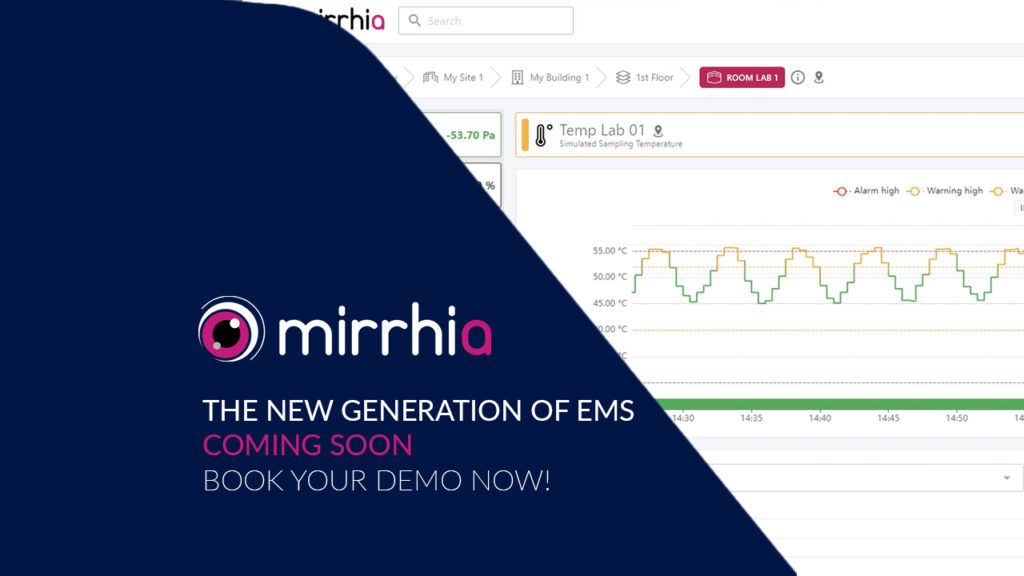
Mirrhia 2.4 is coming

Data Integrity in The Pharmaceutical Industry

Laborama 2024
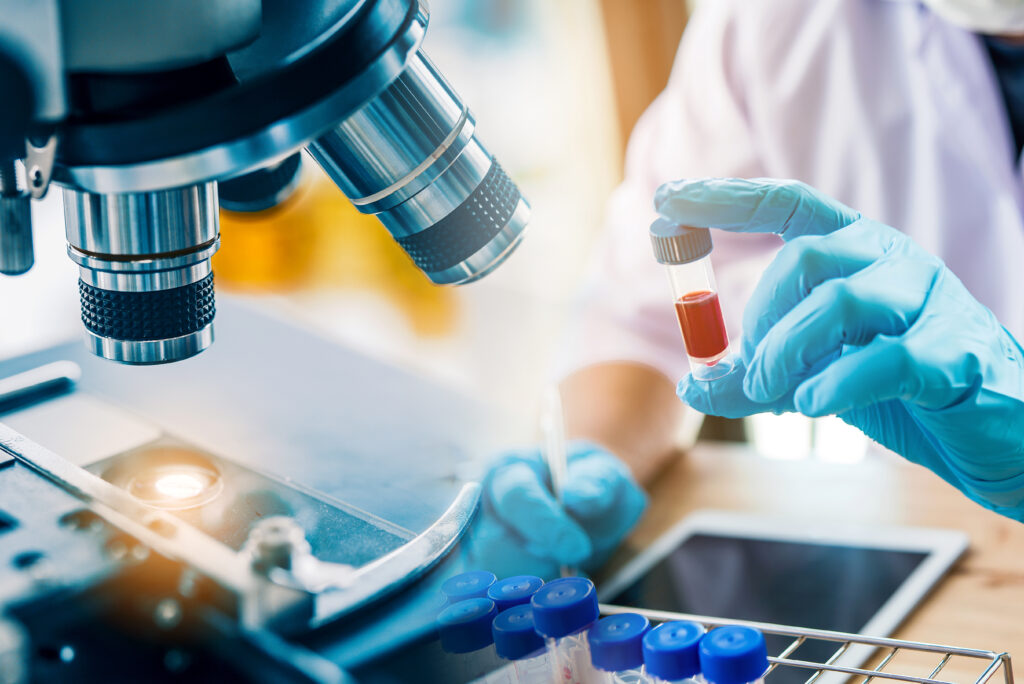
Laboratory Temperature & Humidity Monitoring
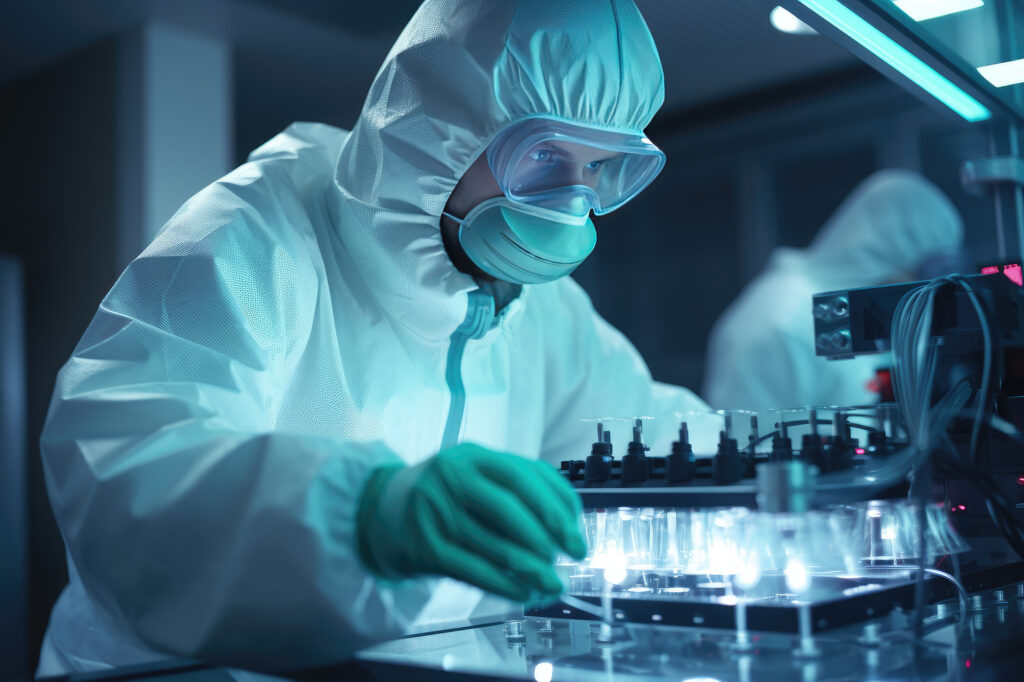
Particle Counters | Case Studies & EMS in Pharma
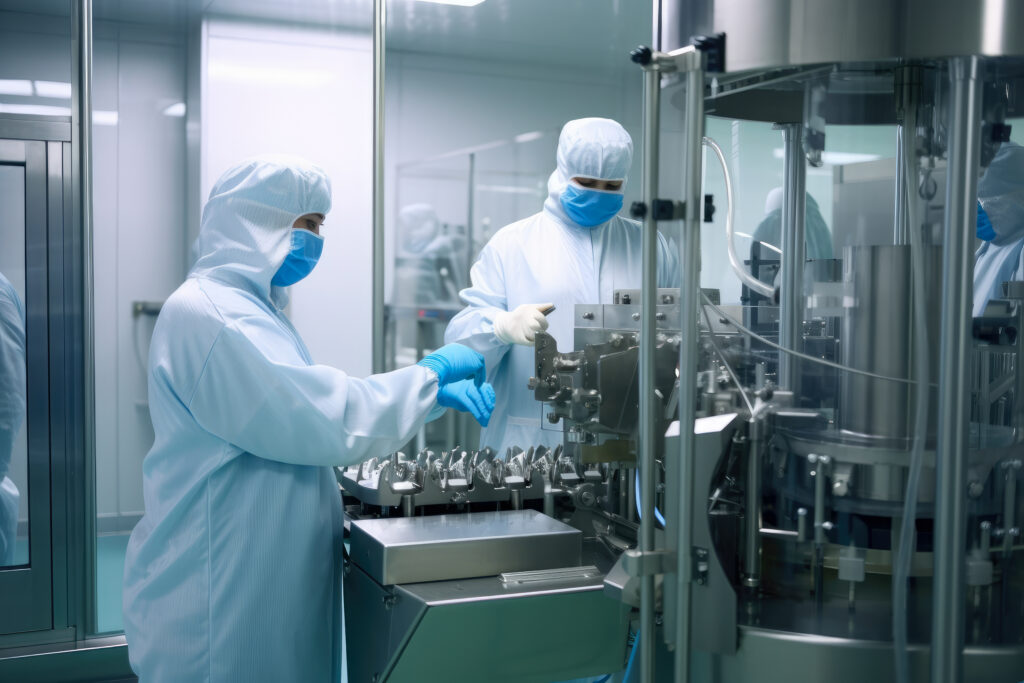
Particle Counting – Quality and Compliance
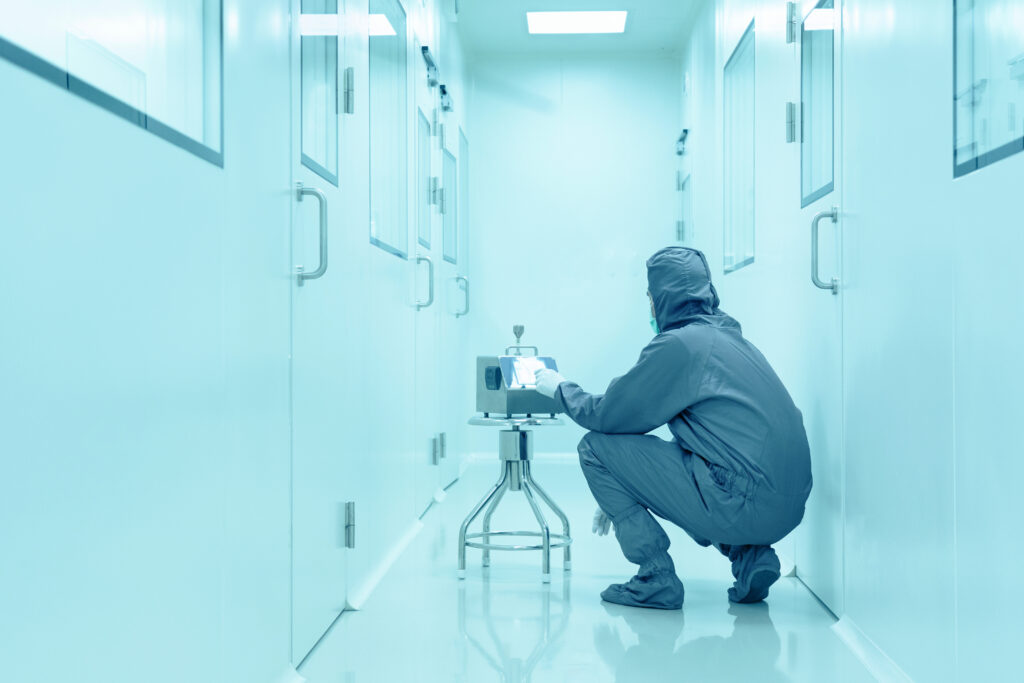
Particle Counters and Environmental Monitoring
